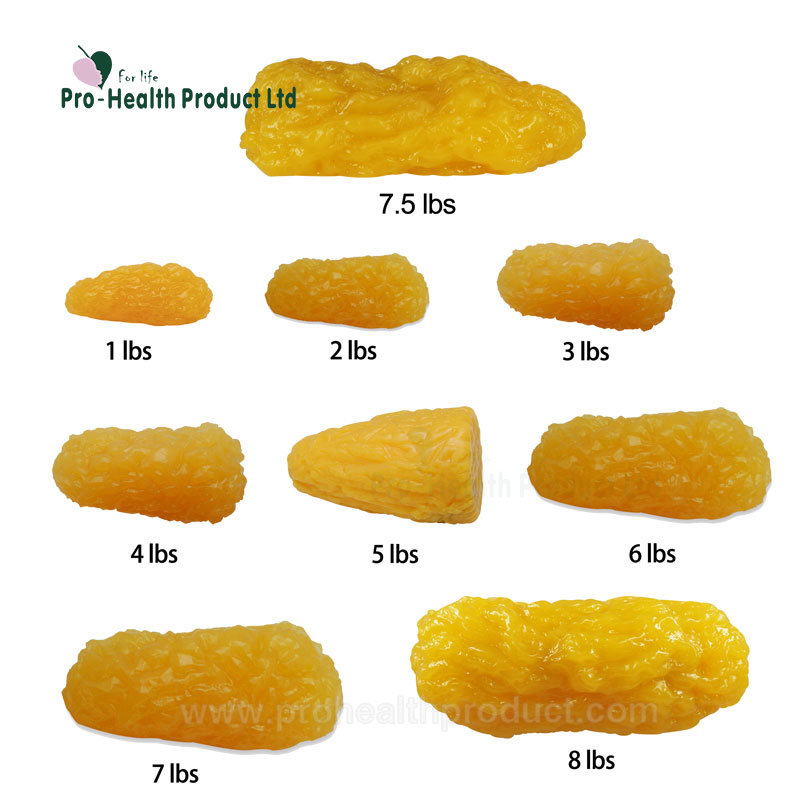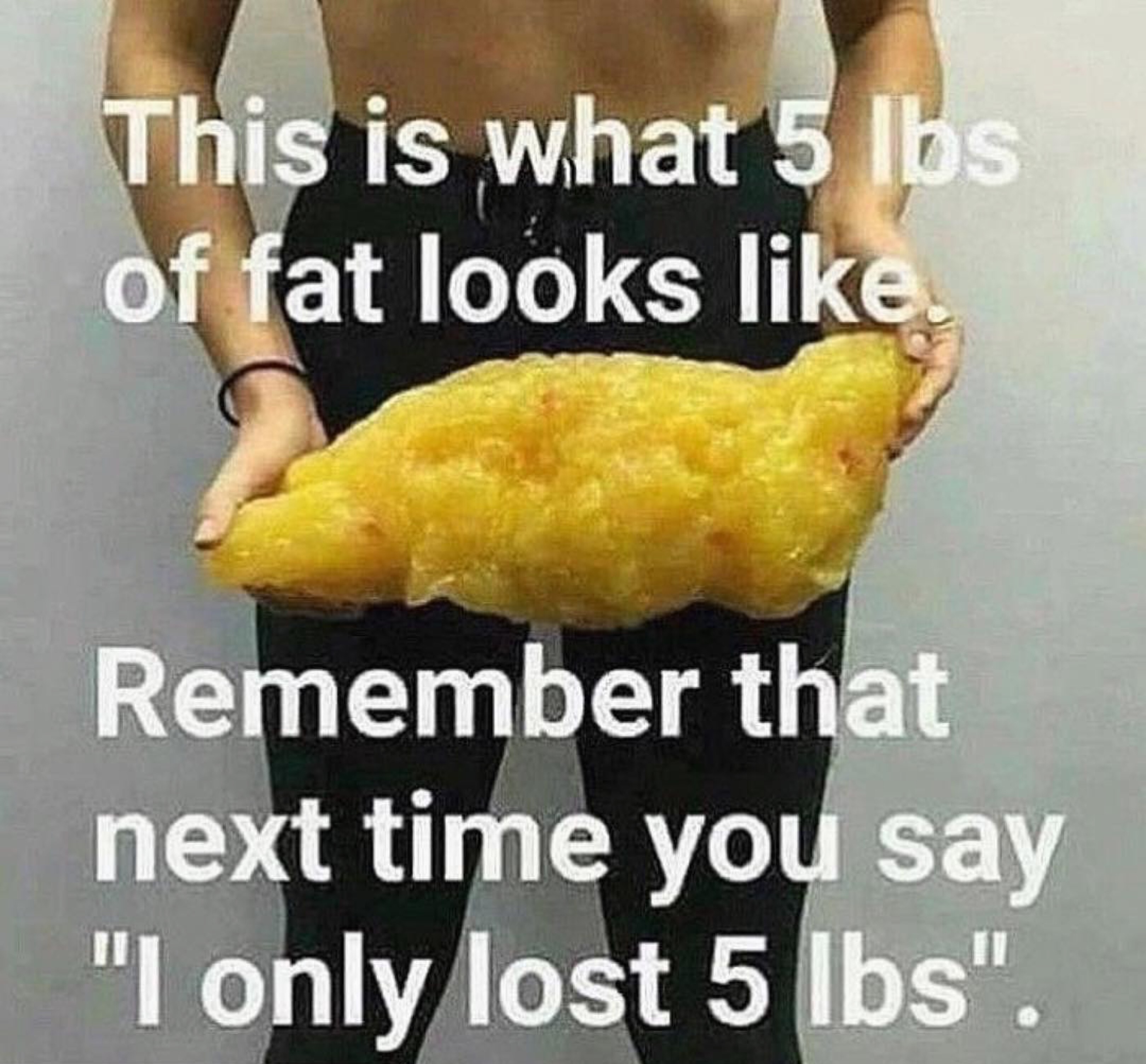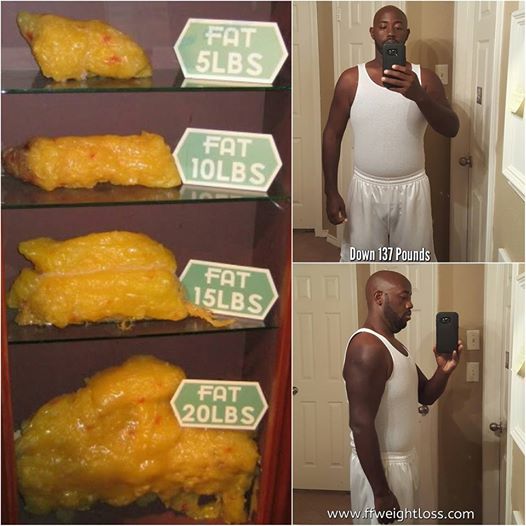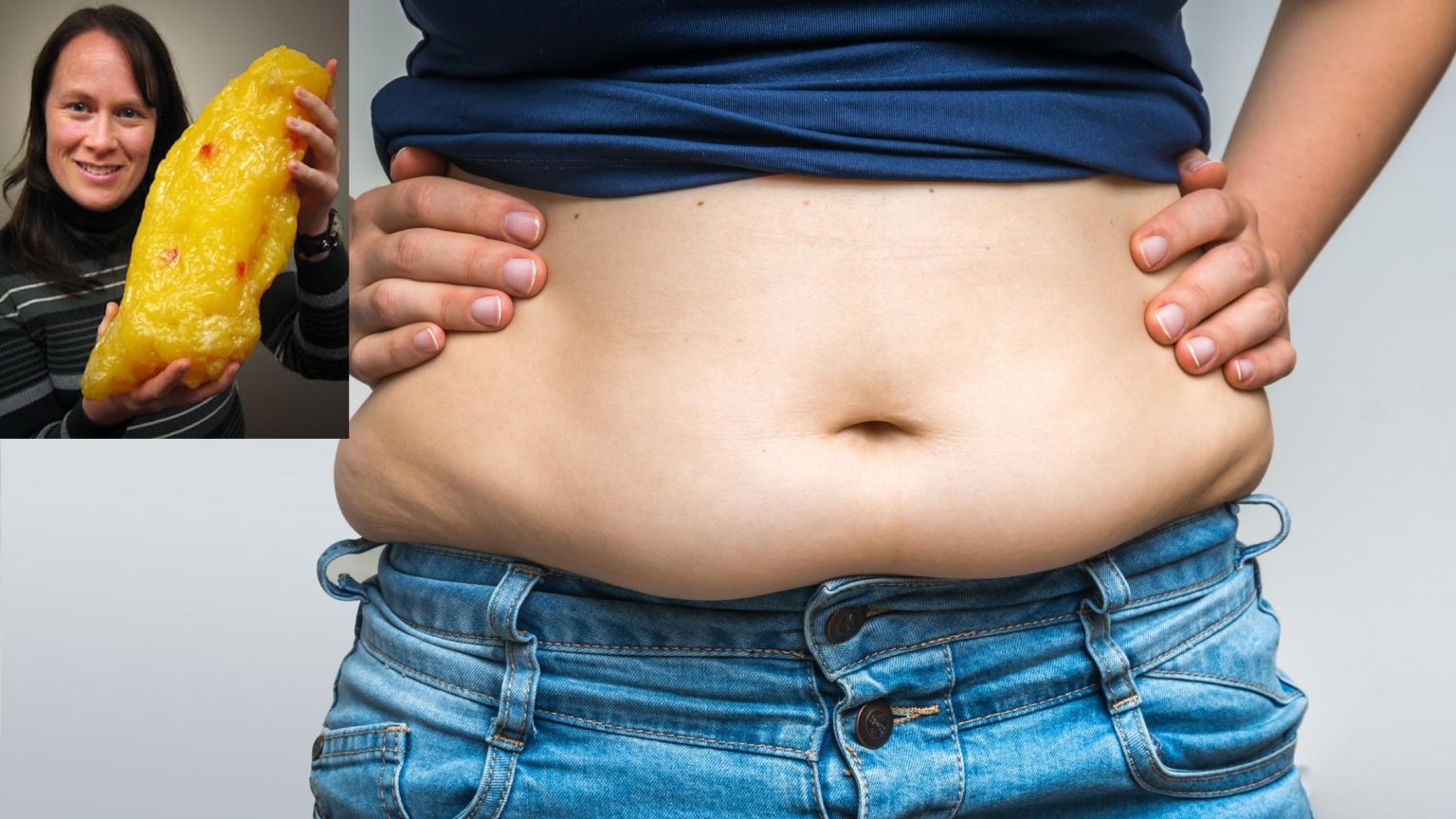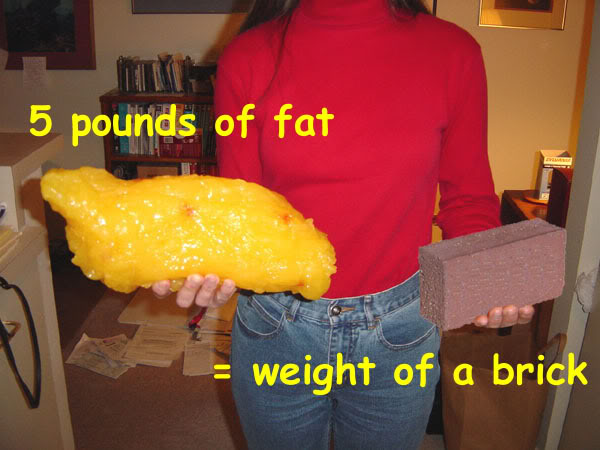What Does 8lb Of Fat Look Like

The visual representation of weight loss can be a powerful motivator, and understanding what a specific amount of fat looks like can provide tangible context. Often, we hear about losing weight in terms of pounds or kilograms, but visualizing the physical volume of that loss can be more impactful. This article explores the approximate size and appearance of 8 pounds of fat, drawing on scientific information and expert insights to provide a clearer picture.
The significance of visualizing fat loss lies in its ability to reinforce healthy habits and provide realistic expectations. It can also influence perceptions about body image and encourage a more informed approach to weight management. Understanding the physical characteristics of fat can help individuals better grasp the progress they are making toward their health goals.
So, what does 8 pounds of fat actually look like? Determining the exact volume isn't straightforward, as fat density can vary. However, based on scientific estimations, 8 pounds of fat occupies a volume roughly equivalent to a small house cat or a newborn baby.
Key Characteristics of Fat Tissue
Fat tissue, also known as adipose tissue, is primarily composed of adipocytes – cells specialized for storing energy in the form of triglycerides. Its physical characteristics play a crucial role in determining its volume and how it appears.
The density of fat tissue is significantly lower than that of muscle. This is why losing fat results in a more noticeable reduction in size compared to losing an equivalent weight in muscle. According to various scientific sources, the density of fat is approximately 0.9 g/mL, while the density of muscle is around 1.1 g/mL.
This difference in density means that fat occupies more space than muscle for the same weight. Consequently, losing 8 pounds of fat translates to a considerable visual difference in body size and shape.
Visualizing 8 Pounds of Fat
Given the density of fat, 8 pounds (approximately 3.6 kilograms) of fat would occupy a volume of roughly 4 liters. To visualize this, imagine a container that holds 4 liters of liquid. This gives a sense of the space that 8 pounds of fat would take up.
In terms of more relatable comparisons, this amount of fat is often described as being roughly the size of a small house cat, like a chihuahua, or even a newborn baby. It is important to note that this is a rough estimation, as the distribution and compactness of fat can vary from person to person.
Alternatively, some describe it as being comparable to the size of a football or a small cushion. Again, the key takeaway is the considerable volume that this amount of fat occupies within the body.
Expert Insights and Scientific Data
According to Dr. Emily Carter, a registered dietitian, "Visualizing fat loss is an incredibly useful tool for maintaining motivation. When clients understand the physical volume they're reducing, it reinforces the importance of their efforts."
She adds, "While the exact volume can vary, the general comparison helps set realistic expectations and highlights the tangible benefits of a healthy lifestyle."
Dietary changes and exercise are crucial to achieve this.
Data from the National Institutes of Health (NIH) also supports the idea that visualizing fat loss can enhance adherence to weight management programs. Studies have shown that individuals who have a clear understanding of what their fat loss represents are more likely to stick to their diet and exercise regimens.
Potential Impact and Considerations
Understanding what 8 pounds of fat looks like can have a positive impact on individuals striving for weight loss. It provides a tangible goal and helps bridge the gap between abstract numbers and concrete physical changes.
However, it's important to approach this information with a balanced perspective. Body image perceptions can be sensitive, and focusing solely on the visual aspect of weight loss may not be healthy for everyone.
Instead, it should be used as a tool to reinforce the broader benefits of a healthy lifestyle, including improved energy levels, better cardiovascular health, and enhanced overall well-being. Emphasizing the holistic benefits is essential to promote positive body image and mental health.
Conclusion
Visualizing 8 pounds of fat as being roughly the size of a small house cat or a 4-liter container can provide a tangible representation of weight loss progress. This understanding can be a powerful motivator and can help individuals maintain realistic expectations as they work toward their health goals.
While the visual aspect is valuable, it's crucial to remember that weight management is about more than just aesthetics. Focusing on overall health, including physical and mental well-being, is paramount for a sustainable and fulfilling lifestyle.
Ultimately, understanding the physical characteristics of fat empowers individuals to make informed decisions about their health and fosters a more positive and realistic approach to weight management.


